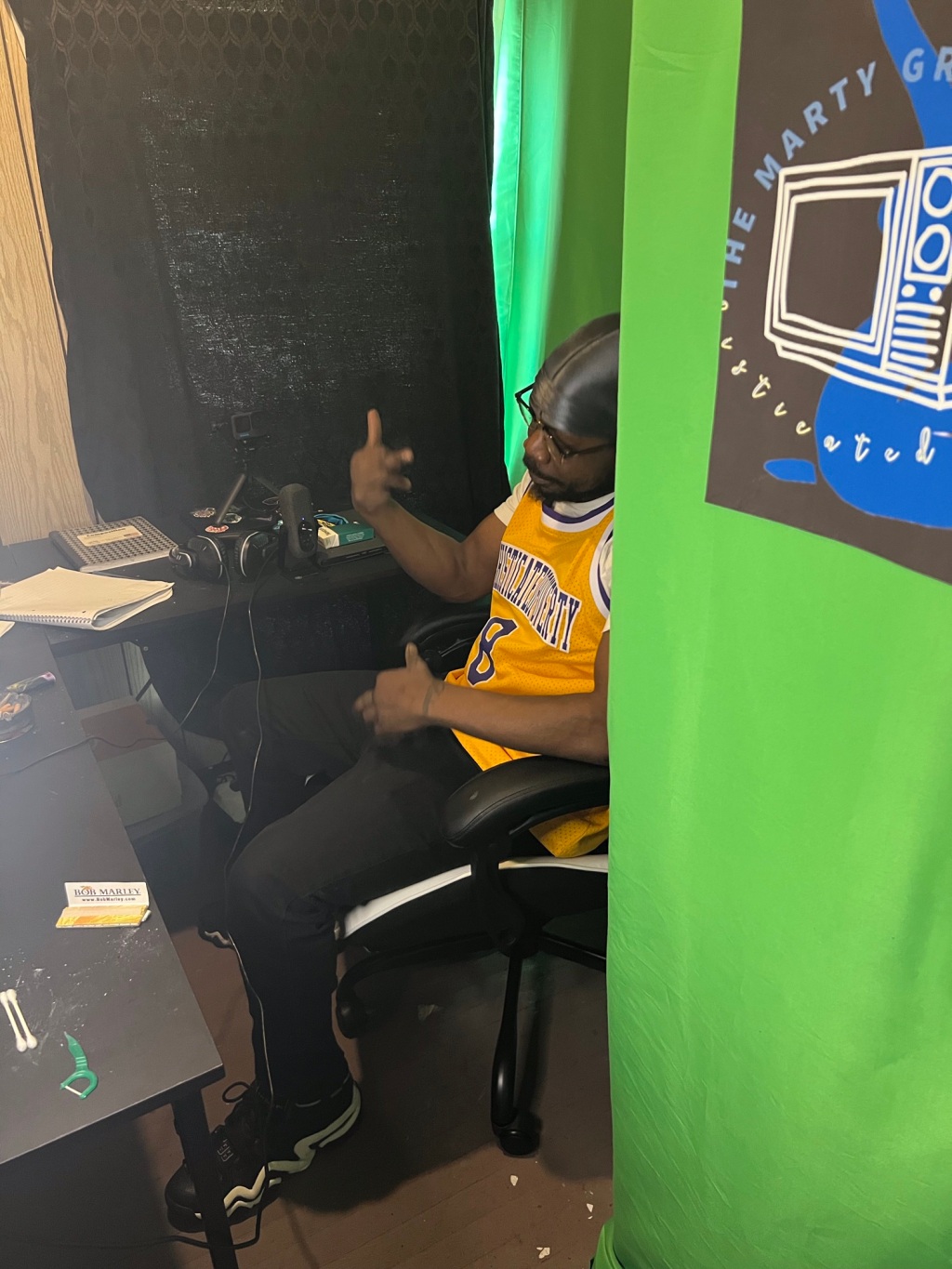Introduction
“The Marty Gramz Show” ventures boldly into the fraught dynamics between the middle class and ghetto culture within the black community. This episode casts a stark light on the deep-seated stereotypes and economic divides that not only shape individual and collective identities but also influence societal perceptions and interactions. By dissecting the terminologies and narratives used to describe community members—from the pejorative names like “Pookies,” “Ray Rays,” and “Poish” to broader discussions of welfare and financial stability—the show offers a platform for a nuanced discussion on socio-economic realities faced by many black Americans.
Understanding the Stereotypes
The show addresses the negative stereotyping of individuals from ghetto communities, highlighting specific derogatory terms used to categorize men and women. These labels, entrenched in societal discourse, are not just mere words but carry significant weight in defining social interactions and expectations. By naming these stereotypes, the show not only exposes the casual prejudices held but also prompts a reflection on how these perceptions come to be and the real people they affect.
The Community Divide
One of the poignant themes of “The Marty Gramz Show” is the visible division within the black community based on socio-economic status and origin. Individuals from the middle class who do not originate from ghettos often find themselves distancing from these derogatory stereotypes. This separation is not merely physical but is deeply emotional and psychological, influencing how people perceive their identity and heritage. The show challenges viewers to consider how internal community divisions exacerbate the difficulties of overcoming societal barriers, suggesting that solidarity might be a key to tackling these systemic issues.
Welfare and Economic Dichotomy
A critical examination of welfare’s role within ghetto communities reveals a complex relationship between government aid and the recipients it intends to support. The show suggests that while welfare can provide necessary relief, it often comes with strings attached that may not align with the needs or dignity of the individuals it aims to help. Moreover, the discussion extends to the financial dichotomy within the community—between those who reject welfare due to better financial stability and those who have no choice but to accept it. This contrast not only highlights broader systemic issues but also challenges the stigmatization associated with receiving government aid.
Conclusion: Reflections on Sophisticated Poverty
“The Marty Gramz Show” ends with a powerful reflection on what the host terms “sophisticated poverty”—a concept that encapsulates the complex layering of financial, social, and cultural dynamics that define life in both the ghetto and the middle class within the black community. This episode serves as a call to action for viewers to engage more deeply with these issues, fostering a more understanding and inclusive dialogue about race, class, and the systemic challenges that continue to persist.
This discussion from “The Marty Gramz Show” provides a rich template for examining the intersections of race, class, and cultural identity. It challenges both the viewer and the broader society to reflect on the underlying causes of these divisions and stereotypes and to strive for a community where such distinctions no longer dictate one’s value or potential.
By understanding and addressing these intricate social dynamics, we can hope to forge a path towards genuine understanding and meaningful change. What are your thoughts on these issues? Have you seen similar discussions in other media, and how do they compare to the presentation in “The Marty Gramz Show”?


Leave a comment